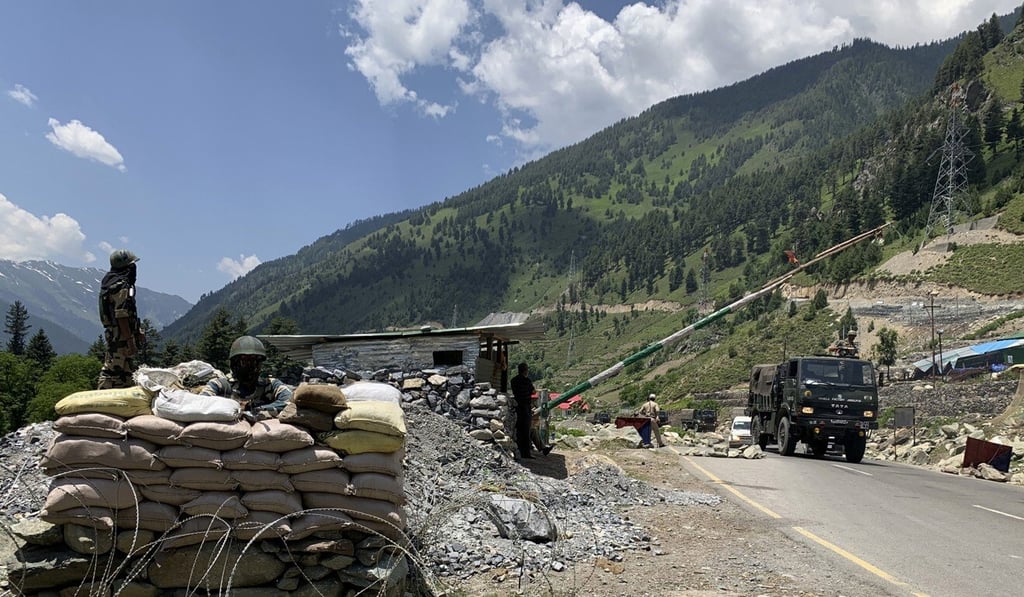Advertisement
Opinion | Driving India into US arms is a risk China is willing to take
- Beijing knows that with each passing year its relative economic, military and geopolitical strength is growing vis-à-vis India
- New Delhi knows that the clash in the Himalayas is a test of its resolve; giving in to Chinese tactics would invite more ‘salami-slicing’ by the PLA
Reading Time:5 minutes
Why you can trust SCMP
0

As the reverberations of the gruesome clash between Indian and Chinese soldiers in the Himalayas on June 15, which killed 20 Indians and an unknown number of Chinese, refuse to die down in New Delhi, it may be time to ask the larger question: what does this incident portend for the relationship between the two Asian giants?
Incidents have occurred many times over the years along the disputed 3,500km (2,200-mile) border between the two countries, the Line of Actual Control (LAC) established at the end of a short but bloody war in 1962, yet the two countries have managed an uneasy but viable modus vivendi. Whenever troops from either side build roads, construct or repair roads, bunkers and other routine fortifications, or conduct patrols close to the LAC, tensions can and repeatedly do flare up, but these have always been defused. Both governments tend to downplay troop movements of the other side as resulting from “differing perceptions” of where the LAC, which has never been officially demarcated, lies.
In addition to several hundred local face-offs, there have been major Chinese transgressions in Depsang (2013) and Doklam (2017) which required high-level diplomatic and military engagement to defuse. This time in April and May there were multiple Chinese intrusions across the LAC at the Galwan Valley, Hot Springs, Pangong Tso Lake in Eastern Ladakh and Naku La in North Sikkim, and the same outcome was expected. No shot had even been fired in anger at the LAC since 1975. The loss of life this time shatters nearly half a century of peace.
The incident has provoked fury and hostility across Indian public opinion, with the burning of effigies of President Xi Jinping, the smashing of Chinese-made TV sets by emotional owners and widespread calls to boycott Chinese goods and even Chinese restaurants. Seen from New Delhi, India-China relations are at their lowest ebb in living memory.

India normally has no desire whatsoever to provoke its northern neighbour, which humiliated New Delhi in a brutal border war in 1962 that left China in possession of 23,200 square kilometres of Indian territory. At the same time, Beijing regularly reminds India that it still claims a further 92,000 square kilometres, mainly in the north-eastern Indian state of Arunachal Pradesh. The Indian approach has been to relegate the problem to the back burner and keep things quiet on the border, enabling trade relations (now worth close to US$100 billion) to flourish.
Advertisement
